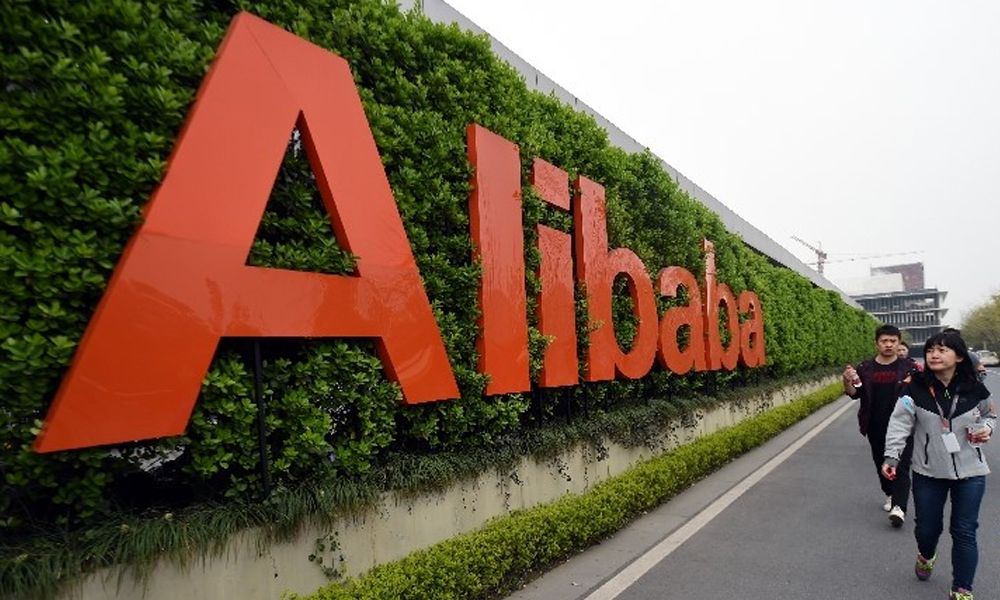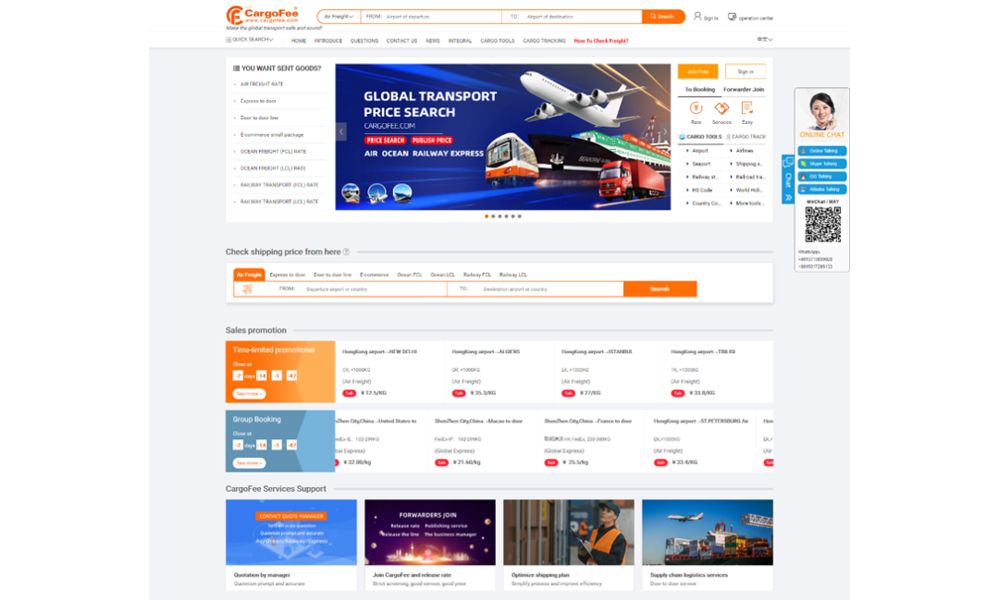Smart Cities
Improving Quality of Life
More than 50% of mankind reside in cities and projections for this in 2050 is nearly 70%. As such, legacy infrastructure based Smart Cities cannot meet the challenges of the coming decades.Next Generation “Intelligent, Smart City” go beyond infrastructure based, legacy initiatives such as Smart Metering, Street Lights, Waste Management and Bins, Parking etc. and addresses more wider convenience based, citizen centred services such as Education, Health Care, Transport Management, Logistic, Tourism and Hospitality, which are closely integrated with next generation technologies such as Internet Of Things, AI, 5G, Big Data, Block Chain, Robotics and Cloud Platforms. Next Generation Smart City or “Smart City 2.0” increasingly engage Governments, Citizens, Smart App Developers, Visitors and Commercial Enterprises with the objective of bringing prosperity, improving quality of life, creating a liveable spaceand increasing efficiency, productivity of city services.

Data remains to be the prime driver of Smart City 2.0. The collective intelligence of integrated systems enabled by next generation technologies empowers the user for better decision making and democratize the affairs of the city. With the adoption of new technologies citizens become co-creators and next generationcities become more collaborative and connected. While improving Quality of Life of the citizen, Smart City 2.0 look into economic and environmental sustainability of the city and its stakeholders.
“City Brain” in Hangzhou, China developed by Alibaba is a classic example for the use of data intelligently, collected from cameras and sensors mounted across the city at 128 intersections. This platform backed by AI, Big Data and Cloud Technologies, not only help the city administrators and traffic police to take decisions real time, but also help city dwellers to improve their quality of life. For example, the system tracks the path of the ambulances and the path is cleared automatically by keeping all the traffic lights “Green” along the designated route to hospital.
Governments in Asia pursue the Smart City 2.0 development programs in many ways with the participation of the industry.
- Ministry of Industries and Information Technology in China initiated “Smart City Industry Alliance” to bring all the stakeholders together to support smart city development as planned under 12th Five Year Plan. Nearly 500 cities are under construction with an investment of nearly US$80 Billion.
- Indian Government had allocated nearly US$7.5 Billion through Public Private Partnership PPP to develop smart cities across India.
- South Korean Government will build an IoT network and ecosystem between 2016-19, with an investment of US$350 Million. Samsung Electronics and SK Telecom joined hand with the government to pilot smart city in Daegu.They will set up an IoT network for medical services, smart cars and renewable energy.
- Singapore is well ahead of the game as they are compelled to optimize the use water, energy, land and manpower to achieve long term sustainability through the adaptation of “Smart City 2.0”.

Currently different applications are connected to AI platform using different protocols and data is fragmented. In the future all applications and IoT Platforms are connected to AI through a consolidated middleware platform and data will be aggregated comprehensively for storage using cloud computing and big data.
INTERNET PLUS ASIA.COM
Internet Plus Asia.com will show case applications, platforms that improve lives of city dwellers, visitors and help businesses. Beeline Singapore is a good illustration for a Smart City 2.0 platform.
BEELINE – SINGAPORE A SMART CITY 2.0 PLATFORM
Government Technology Agency of Singapore (GovTech) in collaboration with Land Transport Authority (LTA) launched an open, cloud based, crowd-sourced smart mobility platform to connect shuttle bus services such as Grab Shuttle. In here bus routes are allocated according to the demand more adaptively by Bus services connected to the platform using heat maps.Bus routes allocation is demand driven and evolve over time. This is designed on open API architecture which is co-created iteratively by partners based on suggestions received from bus operators and com

Share This
Details
Mothilal is a Co Founder of Internet Plus Asia, a co-creation platform for tech start-ups in Asia. Prior to this he was a Chief Executive Officer, Chief Strategy Officer, Chief Corporate Officer and Chief Operating Officer of number of Telecommunications and IT companies in Asia and Pacific regions for over 20 years. He is a turnaround specialist and a strategist. As CEO and C level executives, he was responsiblefor transformation and turning around many telecos. He was also instrumental in winning many international awards for these companies such as GSM awards in 3 consecutive years, International Asia Pacific Quality Award, Asia CSR award. He has obtained the Doctor of Business Administration from PPA Business School, Paris, receiving a Distinction for his DBA research, "Corporate Venture Capital as an engagement model to Co-create 5G ready services in Telco - Startup collaboration"












